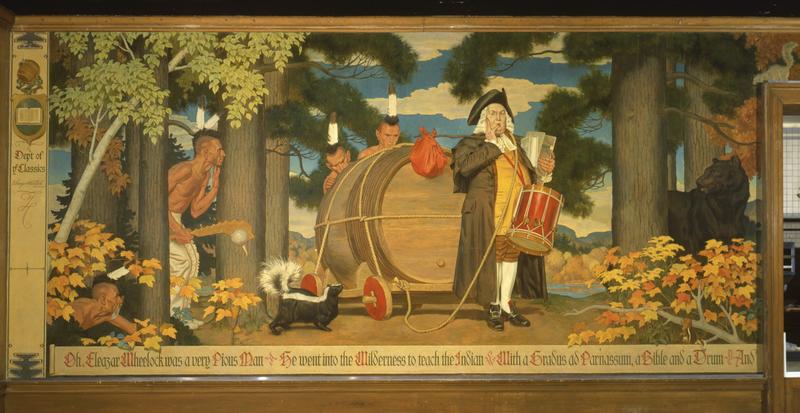
“While we know Orta today as a man for his medica materia, I would like to push for his recognition as an early antiquarian — probably the first European antiquarian in India. As Markham points out in his critical edition, it is almost certain that Orta was the earliest European visitor to Elephanta Islands. Throughout Colóquios, Orta goes on various escapades, his digressions encompass Indian politics, the Luso–Spanish rivalry in the Spice Islands, and the significance of China, apart from anecdotes on elephants, cobras, and mongoose. Orta’s encyclopaedic knowledge of the world around him extended far beyond the world of medicine; as a Renaissance man, the first proof of his credentials lie within the dialogue format of Colóquios which assumes the classical style of philosophy — dialogues between pupil and teacher, where Dr. Ruano is the student, and Orta the teacher.
…
The legacy that da Orta left behind is multifaceted. It is unfortunate that da Orta has been all but forgotten today, especially in Goa and Bombay. A historian, ethnographer, botanist, physician, and antiquarian at the very least, his role in early modern Indian history is foundational for he was truly the founder of the city of Bombay in any meaningful way. In Goa, he was not just a physician but also a taxman, merchant, and trader. From the Pangim [Panjim of today], which was just a “small fort at the mouth of the [Mandovi] river,” to the city of Juner, where people ate peacocks because they were “free from putrefaction,” Orta roamed the breadth of the known country and provides an essential account of the country and its peoples and medicines.”
Published in the 12th issue of the Joao Roque Literary Journal. Read the full piece here.





